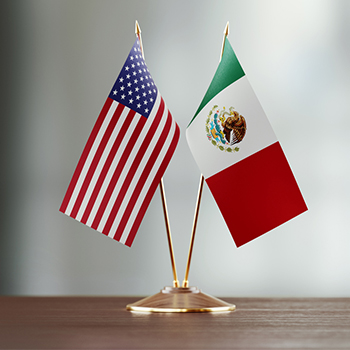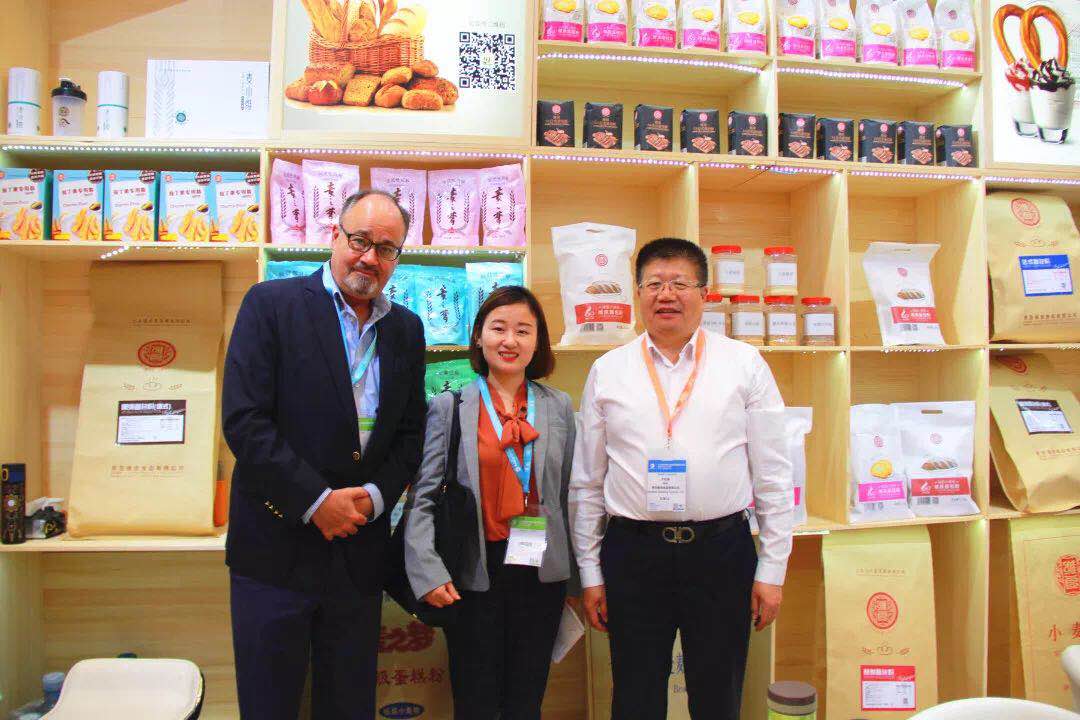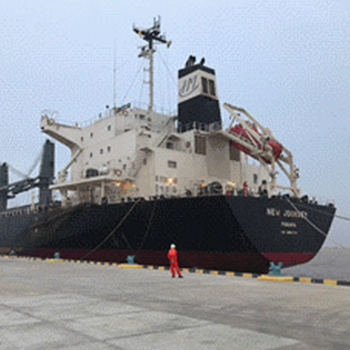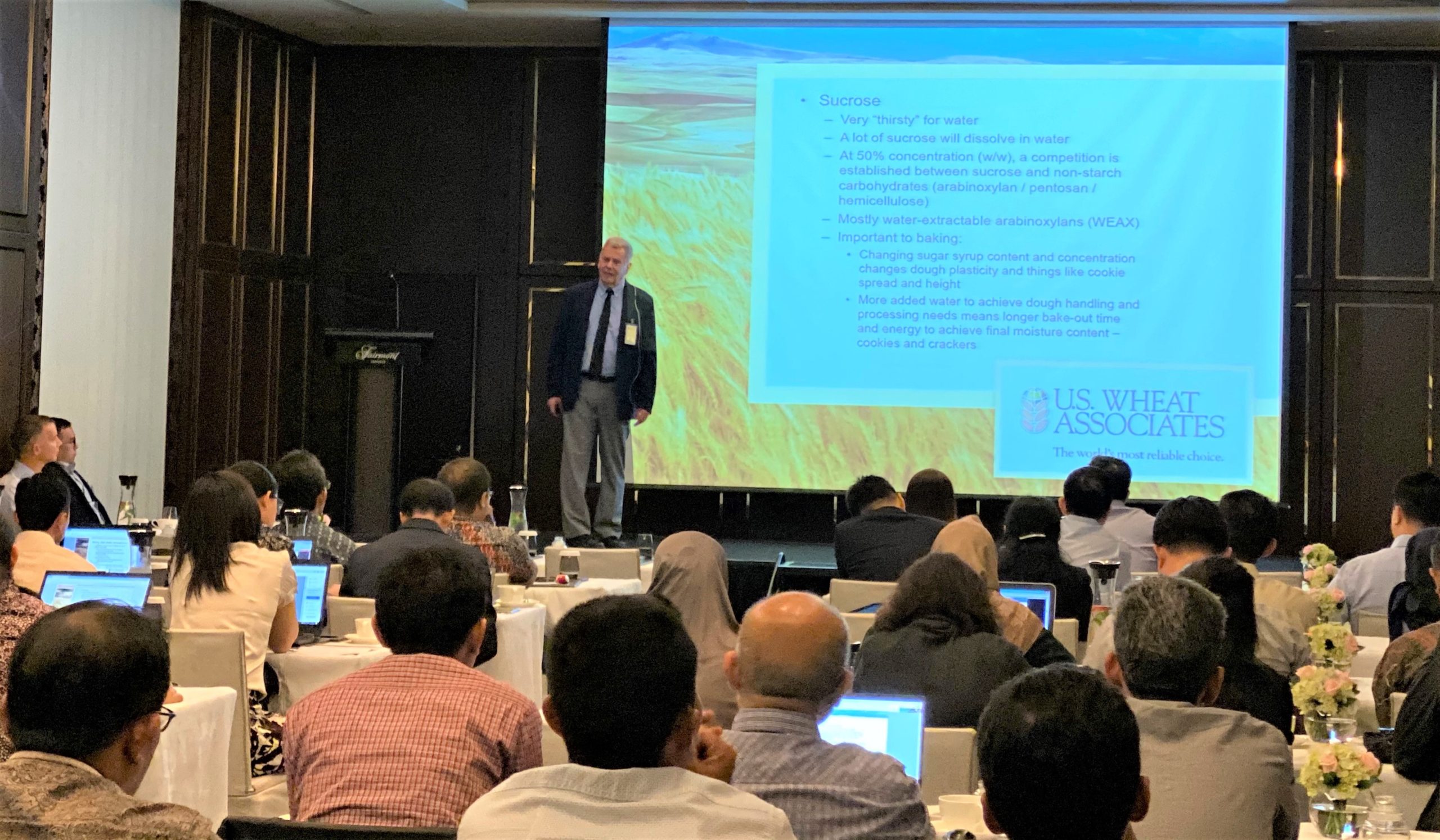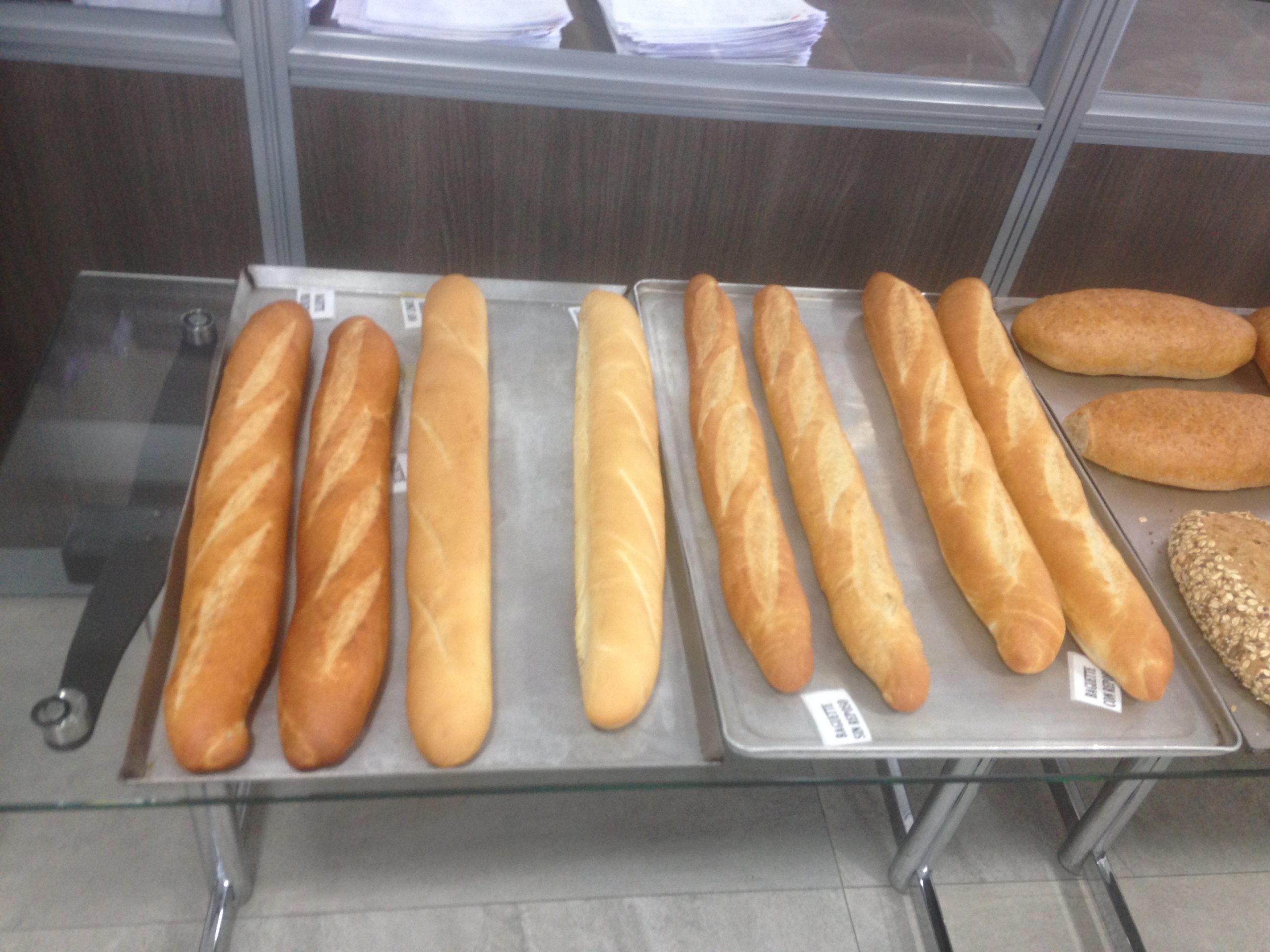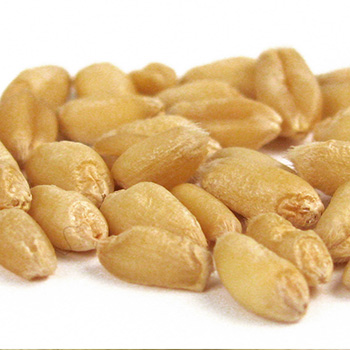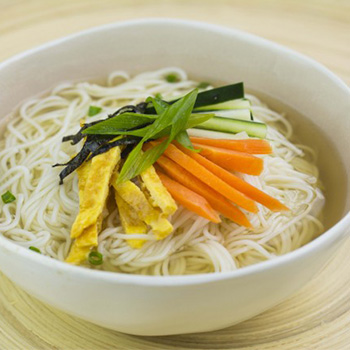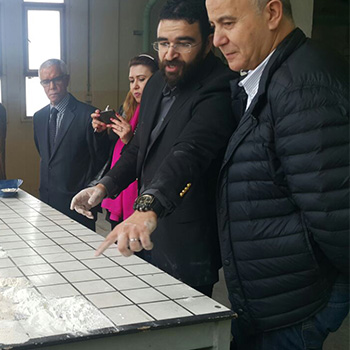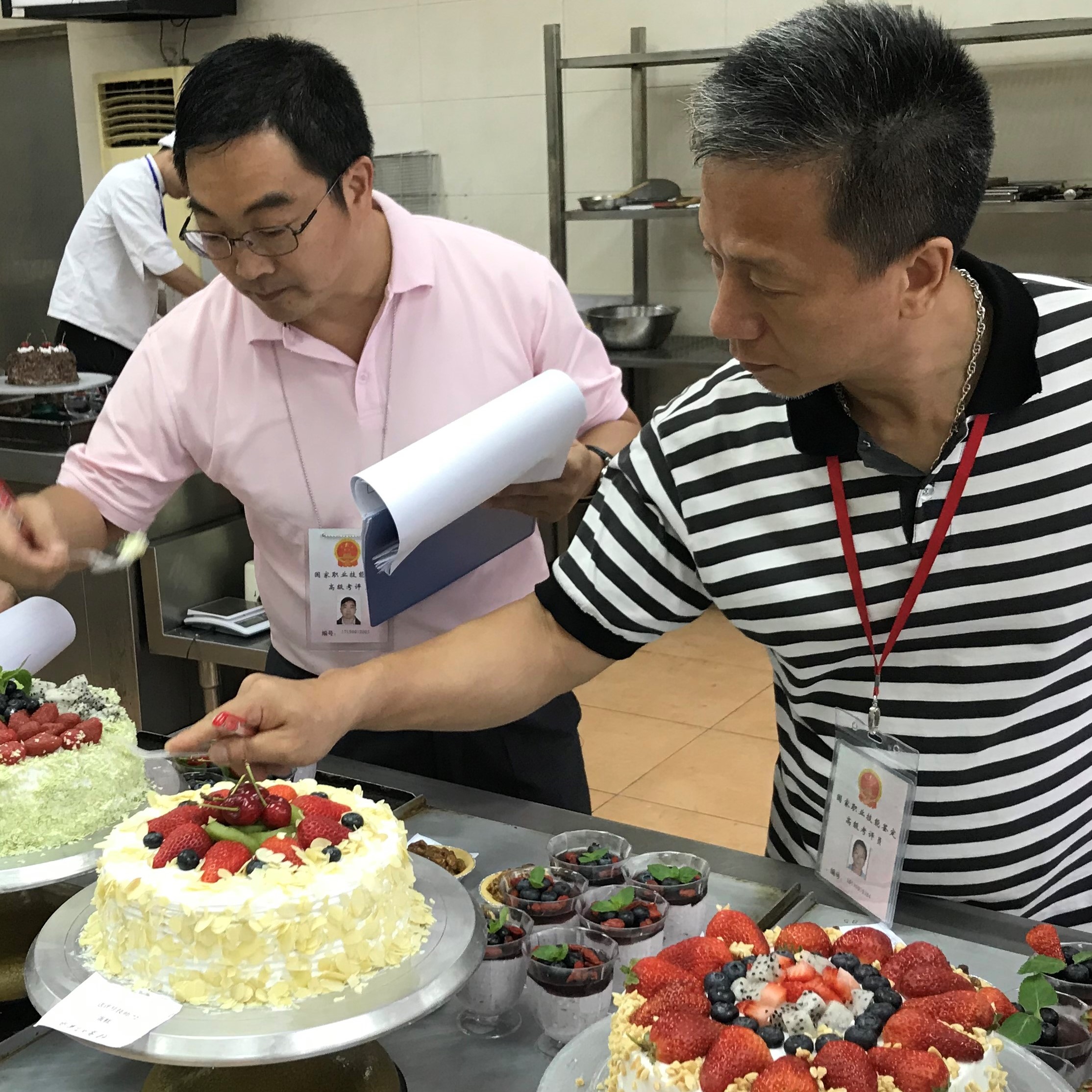USDA Foreign Agricultural Service cooperator U.S. Wheat Associates (USW) held its 2019 Mexico Wheat Trade Conference June 2 to 4, 2019, which was perfectly timed to address trade policy concerns face to face with Mexican customers.
USW President Vince Peterson noted that the conference showed USW and its Mexican customers that shared challenges could bring them closer together to help navigate the policy issues and increase the efficiency and value of Mexico’s U.S. wheat purchases.
In marketing year 2017/18, U.S. wheat share of Mexico’s record total wheat imports declined. Representatives of Mexico’s milling association stated that new political rhetoric and trade policies prompted them to increased Russian and Canadian wheat imports and for the first time some wheat from Argentina. USW shared several public statements about the U.S. trade policies that helped reassure the buyers of the on-going commitment to service supported by the Market Access Program (MAP) and Foreign Market Development (FMD) program. In fact, USW has reason to believe this effort helped keep U.S. wheat off Mexico’s retaliatory tariff list related to U.S. steel and aluminum tariffs.
However, USW remained concerned that the relationship with Mexico’s millers remained precarious. In addition, approval of the new United States-Mexico-Canada Agreement (USMCA) on Trade was also uncertain. To help overcome these potential constraints, USW planned the Mexico Wheat Trade Conference that included many farmers and administrators representing state wheat commissions. The conference speakers covered a wide range of wheat quality, purchasing and logistical topics over two full days.
With so many logistical options for delivering wheat to Mexico, USW Regional Vice President Mitch Skalicky and his colleagues based in Mexico City who planned the conference emphasized commercial rail issues and opportunities in the program.
The flour millers that attended the conference in Cancún represented about 80% of the total 2018/19 U.S. wheat commercial sales to Mexico reported by USDA. José Luis Fuente is president of the millers’ national association and offered an inspired appeal to work together to tell officials in both countries that export opportunities must be improved, not restricted. He said his members know that U.S. wheat farmers, USW and USDA have done many things to tell that story. He added that this is a partnership based on affection that is backed by actions, but actions are more needed now in this unusual trade environment.
In marketing year 2018/19, Mexican flour millers did import 3.3 million metric tons (MMT) of U.S. wheat, more than any other country. Mexican millers continue purchasing U.S. hard red winter (HRW), soft red winter (SRW), hard red spring (HRS) and hard white (HW) at a fast pace in 2019/20.
Video reports from the USW Mexico Wheat Trade Conference are posted on YouTube at https://www.youtube.com/user/USWheatAssociates.

